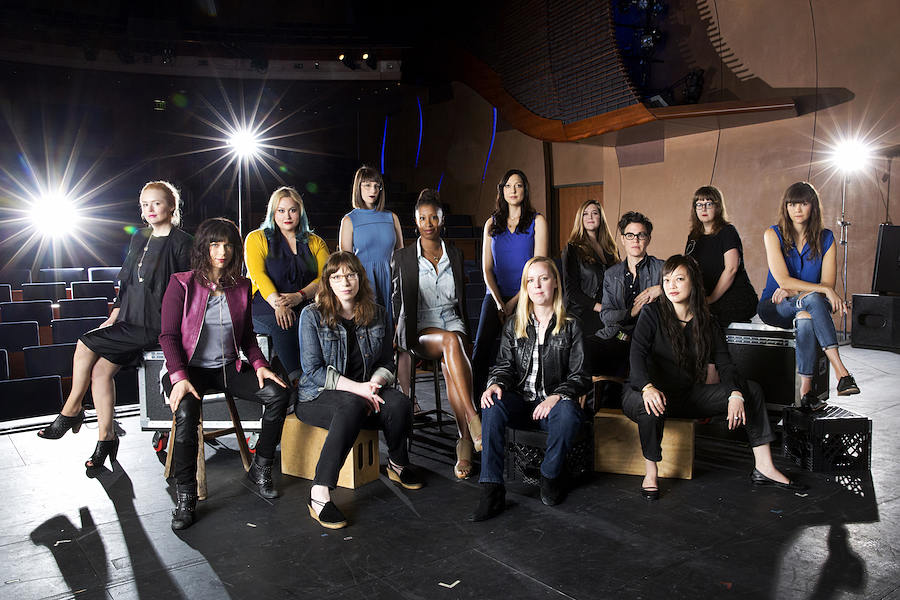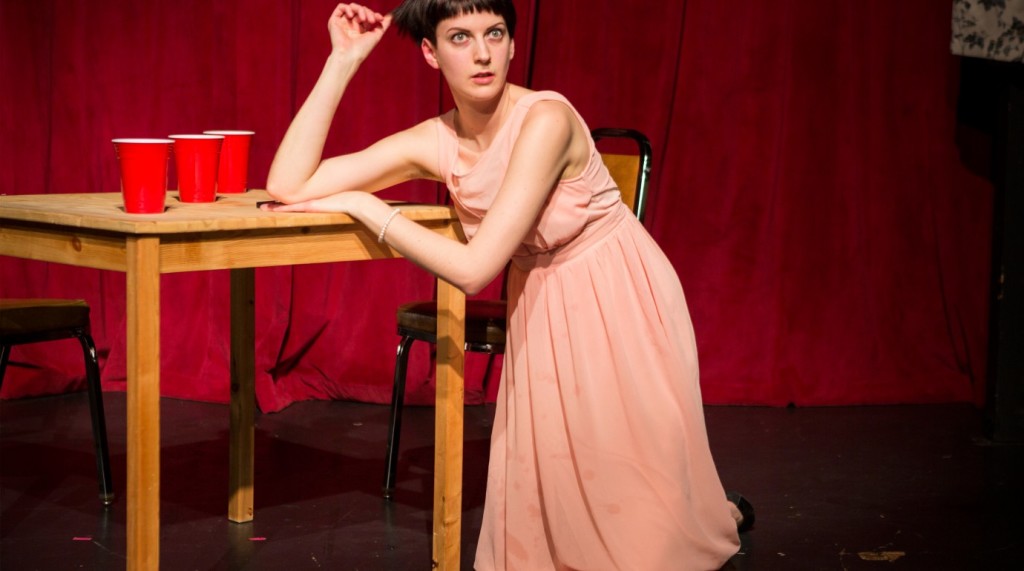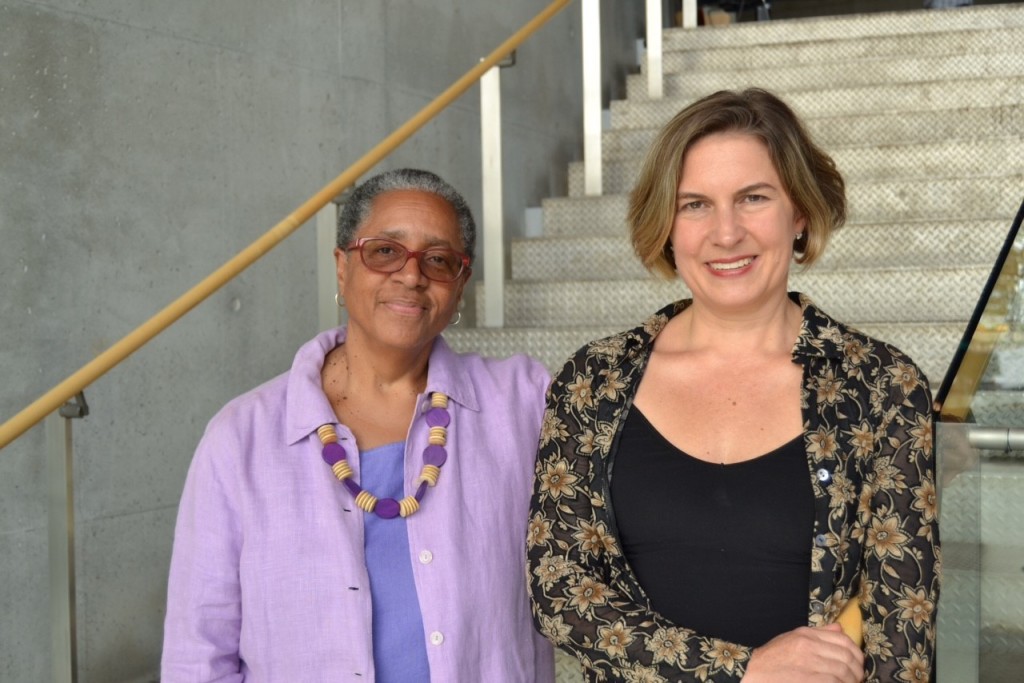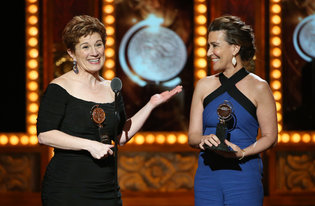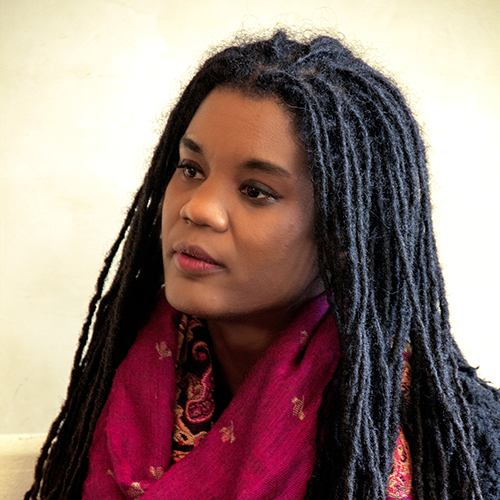Link Roundups feature articles and bits of internet goodness that our dramaturgy team digs up. If you find something you want to send our way, drop us a line on Facebook or Twitter!
♦♦♦♦♦
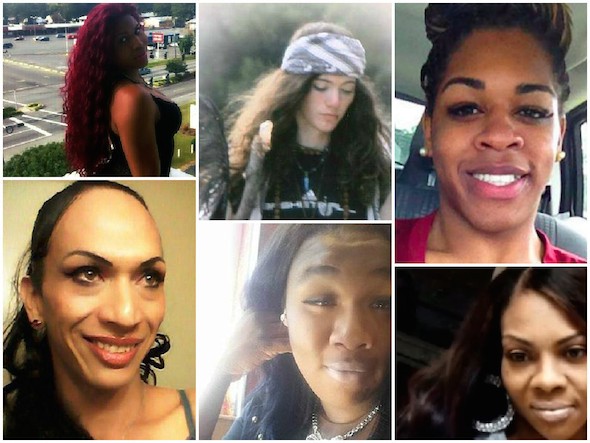
Janet Mock, writer and Host of MSNBC’s “So POPular!”, recently wrote a moving essay about the trans women of color who have been murdered so far this year:
Personally, I know that my visibility has to be more than just about my own pursuits. When I walk into a space, I am cognizant of the fact that I am bringing communities of people with me, communities that have historically been exiled and silenced. The weight of that responsibility never lightens, even as I navigate uncharted terrain as a TV host. My show So POPular! explores the intersection of popular culture, representation, politics, identity and community. Though it doesn’t explicitly cover trans issues, it’s a space created and fronted by a trans woman of color, so the lens to which I explore topics on my show is that of a trans person, a black person, a woman of color. My goal is to take the focus away from myself as a subject, and instead be the person asking the questions, shaping the conversation.
I’ve seen folks juxtapose the recent media visibility of trans women of color and these recent murders. I’ve read sentences to the effect of: “At a time when trans women of color have visibility, we still see trans women murdered.” I find this logic to be quite basic.
Yes, trans women are being murdered. Yes, trans women of color have gained mainstream visibility. But trans women, particularly those of color, have always been targeted with violence. The differences now? There are some systems in place that better report violence and there is finally visibility of a select few that helps challenge the media’s framing of these women’s lives.
♦♦♦♦♦
In advance of this weekend’s Academy Award broadcast, The Hairpin featured a roundtable conversation about this year’s lack of diversity in the pool of nominees and whether the Oscar’s matter in 2015:
As for the role Oscars play in our lives? Aside from giving us an excuse to drink wine on a Sunday night and joke with our friends? I definitely agree with it seeping into our everyday lives, even if we don’t realize. We are aware of what movies/actors/directors win even if we don’t watch the ceremony. It’s impossible to ignore. But more importantly: Yes, representation is vital. You may not care about the Oscars or think it matters but when you’re a minority and someone who looks like you wins? That means something. That means everything — especially to this film nerd who was often surrounded by way too many white dudes in film classes. I’m reminded of the pilot episode of Black-ish when Andre is up for a promotion and narrates that, because there are so few black people at his company, when he wins and moves up the ladder, it’s like every black person at the company wins. When a woman or a person of color wins an Oscar, I feel like I’ve won, too.
Continue reading →
